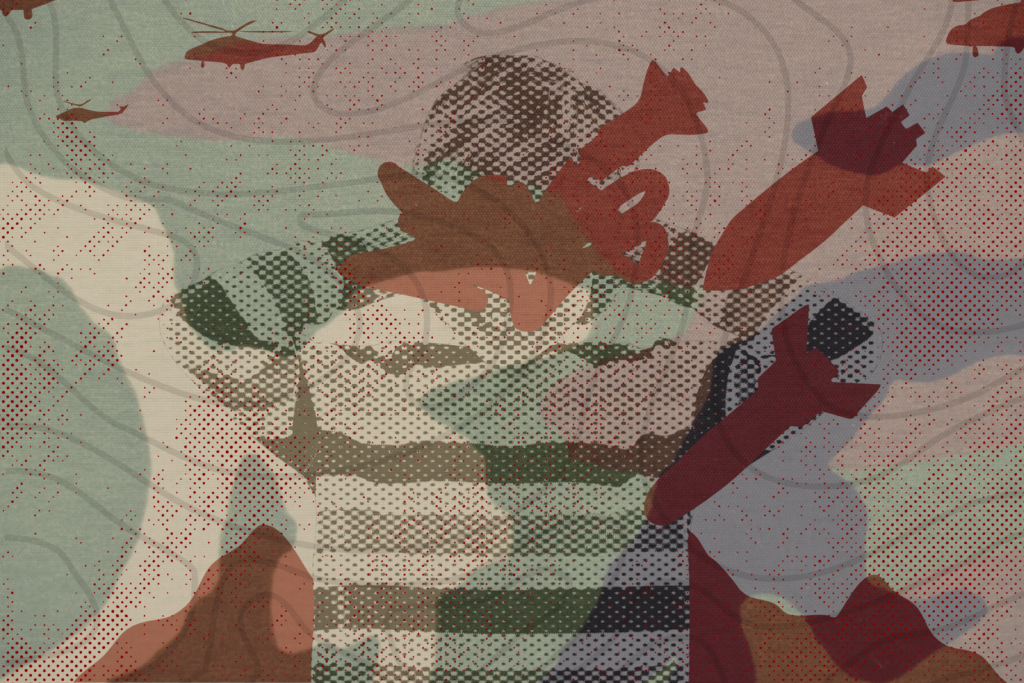Altermidya shifts lens to communities in battle crosshairs

CHEERS TO Altermidya for its special report on the plight of civilian communities which have borne the brunt of attacks by state forces since 2016 under the presidency of Rodrigo Duterte until the present.
Fixing his lens on the non-combatant casualties of war, Kenneth Guda’s report established that the Philippine government has included civilian communities in the conduct of the all-out war policy against the Communist Party of the Philippines-National People’s Army (CPP-NPA).
Guda has documented and verified 173 cases of aerial bombardment, artillery fire, and strafing from 2016 to the present, only 17.4 percent of which had actually hit rebel positions. He reviewed the incidents as evidence that the counter-insurgency operations in the Philippines have always been “marred by stories of violence and displacement,” and that the attacks intensified under Duterte with the use of aerial assaults.
Altermidya counted over 17,000 displaced families in the provinces and the death of at least 10 civilians. The report included an interactive map that allowed viewers to draw out the details of each incident as well as a bar graph showing attacks per province.
Guda’s report interviewed witnesses of the bombings and local human rights groups who monitored these events. He also referred to local news reports for further corroboration. Altermidya said that they also requested an interview with the AFP Public Affairs Office; but had not gotten a response.
Guda provided the details of four stories – the bombing of Barangay Capoto-an, Northern Samar in 2019; the bombing of Barangay Gawaan, Kalinga in 2023; the bombing of Barangay San Isidro, Negros Occidental in 2022; and the bombing of Lumad schools in Mindanao in 2017.
Guda zoomed in on the long-term illness felt by the people, particularly the cardiovascular diseases caused by the inhalation of phosphorus from bomb explosions. It also tackled the psychological impact and the emotional toll on children exhibiting extreme nervousness and fear of any loud sound, including the banging of doors and firecrackers during holidays.
Guda documented the damage to designated protected areas, the vital sources of water, and the environmental diversity destroyed by the bombings.
Reports on clashes between military and insurgents do not always capture the depth of “collateral damage” the internecine conflict can cause. While these cases do not receive consistent attention from the media, the encounters continue to exact pain as these devastate communities caught in its crosshairs.
These should never be just dismissed as the inevitable effect of war. State agents must be held to a higher standard to ensure greater protection of non-combatants, requiring the armed forces to consider at all times, the safety of the people they are sworn to protect.
Guda’s report should prompt the government to reassess whether they have gleaned enough insights on reducing the burdens imposed on rural communities.
Leave a Reply